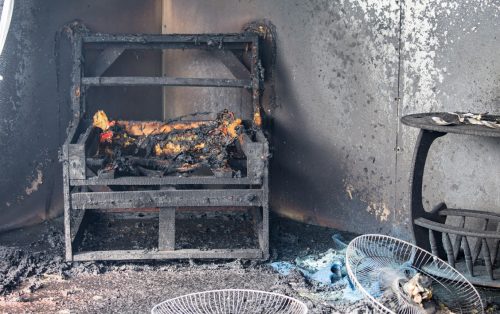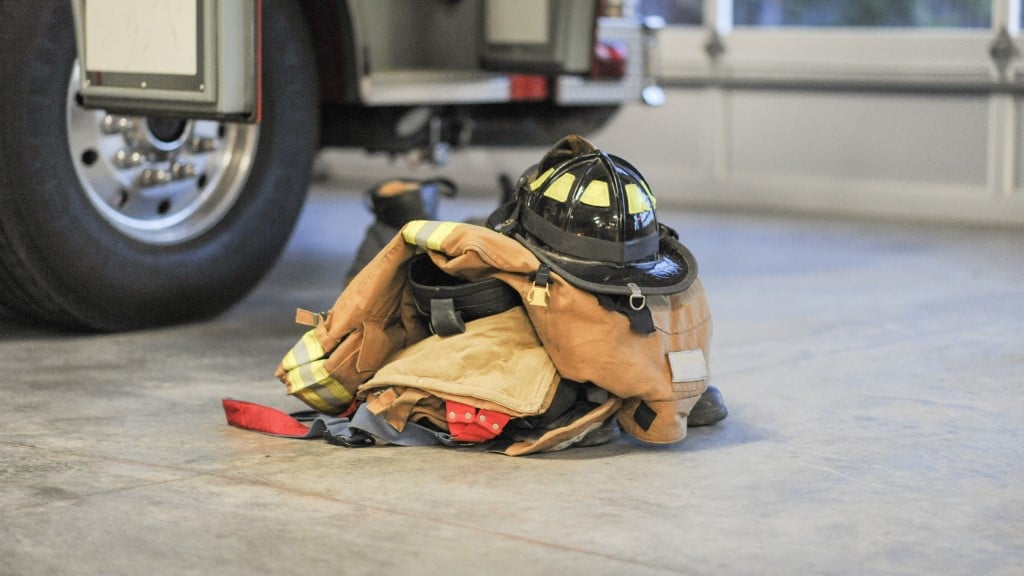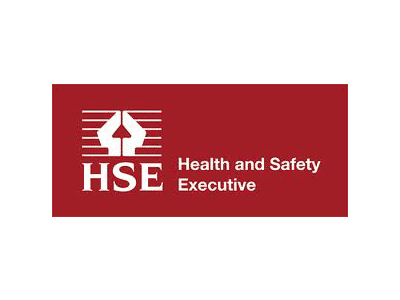January 5, 2024
Overhauling fire safety: Proposed reforms for furniture and buildings in England
From our colleagues at Barbour EHS.
The UK government is considering significant changes to fire safety regulations, targeting both furniture standards and building safety.
The proposed reforms aim to address concerns over the use of flame-retardant chemicals, environmental impact, and the overall effectiveness of current regulations.
The landscape of fire safety regulations in England is on the verge of significant transformation, with the government proposing comprehensive changes to address concerns raised by scientists and the House of Commons Environmental Audit Committee. The primary focus is on updating standards for furniture and furnishings, driven by environmental and health impacts associated with the use of flame-retardant chemicals.
The existing regulations, Furniture and Furnishings (Fire) (Safety) Regulations 1988, mandate an “open flame ignition test” for furniture and furnishings before they can be sold. Concerns have been raised regarding the environmental and health impacts of flame-retardant chemicals, with the UK being noted for its high usage. These chemicals, while designed to delay ignition, have been linked to toxic gases and pose long-term risks to both human health and the environment.
Previous consultations in 2014 and 2016 aimed to reduce the use of flame retardants, highlighting the need for regulatory reform. The recent proposal, subject to consultation until October 2023, introduces new regulations for upholstered products. The key measures include maintaining and improving fire safety outcomes, replacing flammability testing, and reducing the use of chemical flame retardants. The proposed regulations aim to take effect from 1st October, 2024, with an 18-month transition period.
Various stakeholders have responded differently to the proposed changes. While the National Fire Chiefs Council supports the draft essential safety requirements, the Fire Brigade’s Union opposes them, considering the plans as deregulatory. The Federation of Small Businesses welcomes measures to ease the burden on small businesses, and the Chartered Trading Standards Institute expresses broad support but calls for more products to be included in the updated regulations.
All building work in England must adhere to the Building Regulations 2010, with specific requirements for fire safety outlined in Schedule one part B. The Building Safety Act 2022, introduced in response to the Grenfell Tower fire, removes time limits on pursuing prosecution and grants local authorities enhanced powers to enforce compliance.
The Regulatory Reform (Fire Safety) Order 2005 governs fire safety for non-domestic premises, placing responsibility on the “responsible person” to conduct regular fire safety risk assessments.
The Fire Safety Act 2021 expands the order’s scope to include common areas of shared blocks of flats. Additionally, the Fire Safety (England) Regulations 2022 introduced new obligations for high-rise residential buildings.
In conclusion, the proposed reforms reflect a comprehensive review of fire safety regulations in England, addressing concerns about chemicals, environmental impact, and the effectiveness of existing standards. The ongoing consultations and responses from stakeholders indicate a diverse range of opinions on the proposed changes, highlighting the complexity of balancing safety, environmental impact, and regulatory compliance in the realm of fire safety.
More information can be found here.
FIA
December 2023






